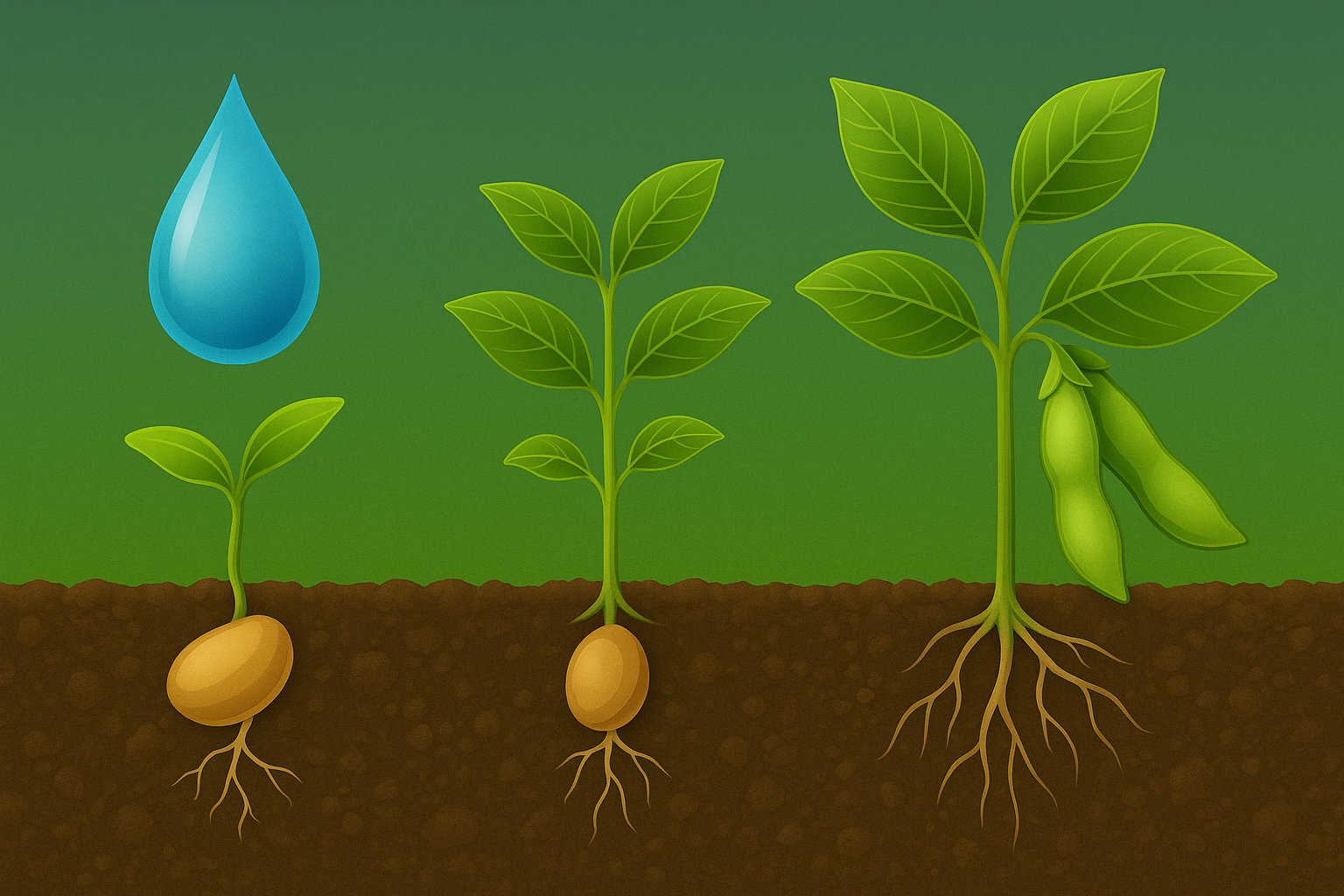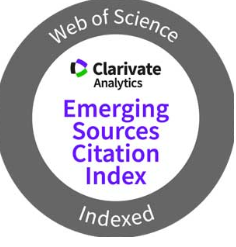Vigor of seeds and use of biostimulant: effect onresulting seedling and soybean performance in the field
DOI:
https://doi.org/10.4238/k1ne5m72Keywords:
Glycine Max (L.) Merr.; Seed quality; Biostimulants; Adjustment of cultural practices.Abstract
In order to increase the productive potential of the soybean crop, it is necessary to use, in addition to fertilizers and soil improvers, seeds with high germination rates and vigor, as these are capable of generating plants with greater physiological performance. Two experiments were installed corresponding to the 2019/20 and 2020/21 harvests; carried out at laboratory, greenhouse and field levels. In each experiment and at all levels, the design used was complete randomized blocks, with four replications and arranged in a 2x4 factorial scheme, with two levels of physiological seed quality and four biostimulant managements in the treatment of seeds. Superiority of root volume, vigor and productivity was seen using seeds of higher physiological quality. For the main management effects, superiority was inferred for the 2019/20 harvest. Similar behavior was identified for the main effect of PQL of seeds. The clustering techniques showed that the dissimilarity was highly influenced by both the crop and the physiological quality level of the seeds (PQL), where the biostimulants were responsible for the differentiation of the sublevels. The positive effects of biostimulants in increasing the agronomic characteristics of soybeans are higher the higher the physiological quality of the seeds, regardless of the agricultural harvest and the genotype used, resulting in greater crop productivity.




